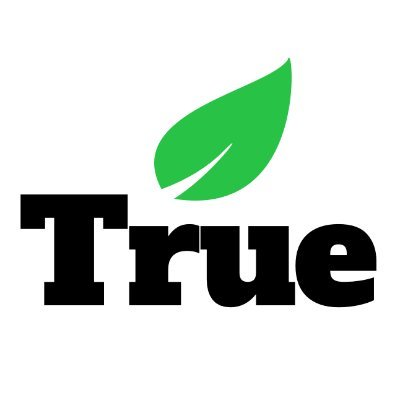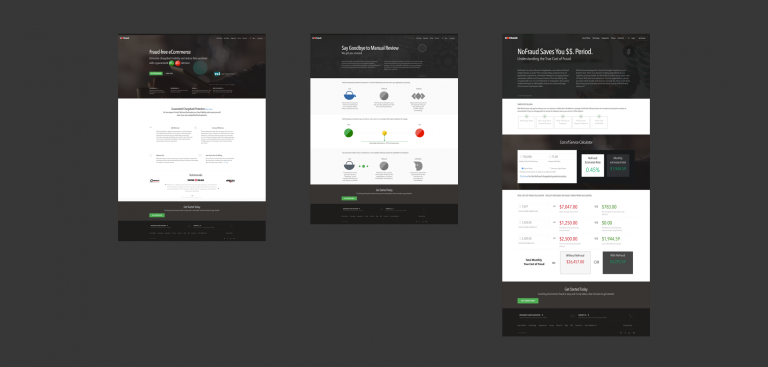Marketing is a process as old a business itself. However, the invention and proliferation of digital advertising, often through social media channels, has transformed the ways in which brands and their marketing agencies interact with current and potential customers.
Rich Taylor, a Chief Marketing Officer (CMO) and executive-level consultant with three decades of industry experience sat down with the True Interaction team to share his expertise on how companies leverage the power of social media to better market their products. Below are his insights into the changing digital advertising space.
TI: What do you see as the key principles of effective social media use by brands and agencies?
It’s not advertising. “There has been a push from all the social channels to monetize social (media), and in that regard they get advertisers to pay for eyeballs. But all the research shows that when you run advertising on social channels it does not work well. People are not tuning in to social media to watch ads. What they want is content marketing…don’t create ads; engage your audience.”
Focus on the service component. “Social media is a chance to interact with your customers, to thank them for their purchases and positive comments, address a concern or issue they have promptly. That’s what people want. People want to know that you are paying attention, listening and that you will respond.”
Personify your use of social media. “Social (media) is about interacting with friends and family or colleagues and other professionals. There is an inherently personal element to it. Having a voice or personality matters. You may be a great big successful brand or a small startup brand, but if you haven’t established a tone, a personality, a voice, a manner of interacting, you are not going to get the type of engagement you are really looking for.”
TI: True Interaction helps companies across a number of industries in automating their data ingestion, management and visualization processes. How do you see companies successfully using automation in the social media space?
“The trend is towards convenience. ‘How do I interact and make it very easy for my customer?’ (For example) Domino’s uses chatbots and artificial intelligence to address frequently asked questions and also to streamline orders…they created an automation mechanism within social media so that when you sent a pizza emoji or image it would trigger an order based on your profile. They are using automation and tools to say, ‘I have you engaged somewhere, Instagram, Twitter, Facebook, Google. Now, how do I take that interaction quickly and easily from our marketing group to our sales and customer service areas?’.”
“Also, digital personalization. The Amazon Reviews Effect of ‘other customers like you bought this’…There is a lot of technology and automation now being done to personalize the content you see based on your browsing history, your shopping history, what they know about you. And they gather that information from your email, from cookies, from a lot of different things. I think applying and using personal data is the challenge now for a lot of marketers.”
TI: Solutions like chatbots, digital personalization and machine learning may, at this time, be most attainable for more established, well resourced brands. What social media solutions would you recommend to smaller business with greater resource scarcity?
“The interesting thing that I am seeing is big companies like Walmart…who can afford to ingest very expensive and sophisticated shopper data and analytics programs….puts a lot of pressure on mom and pops and regional players. The great news is that nowadays, historic barriers to success have been the costs of IT infrastructure and systems…but what you are finding is that merchants vendors themselves are helping (small businesses)…American Express is an example. (American Express) recognizes that (small businesses) want to have access to what they are using their cards for. If AmEx has this capability, (a small business) does not have to be a Walmart that is going to build (their own system) or bring someone to build it for them. They can just talk to American Express or another company that is in the digital space who is now going to have the capability to do this work and that to not require a lot of resources to access.You just need a combination of access to the tool and bring on some talent or some consultants who can help you mine that data.”
TI: How has social media evolved during your time as a marketer?
Social Media 1.0: “Blasting out one-size-fits all ads to everybody.”
Social Media 2.0: “Traditional advertising methods…versioning content based on a segment of customers.”
Social Media 3.0: “Big data. I am going to be using big data, whether it’s shopping data or a combination of shopping data and search data to more precisely personalize the content to an individual and make it relevant to them. For example, retargeting ads. If you are on Zappos.com and you look for a pair of shoes, next time you log into Facebook, all of a sudden you see the shoes you were looking for being retargeted to you in the ad.”
TI: So what is the future of social media? In other words, what is Social Media 4.0?
“Thats a good question. I think we are starting to see a little fatigue with social media. You are not seeing new platforms pop up and succeed as fast as they did. I think at some point Facebook and Twitter are not the channels you tune into anymore….I am going to set up Rich Taylor’s network, and it is going to be my personalized list…I am going to build my own media and entertainment channel and it is going to be based on my habits and preferences for information.”
“People are spending a lot of time on Facebook right now, but that’s because Facebook is holding them hostage and they can’t get their content anywhere else…I think you are going to see social media going to get more focused on integrating with broadcast. How does broadcasting merge ultimately with digital? Broadcasting is the powerhouse in advertising, it’s the easiest form of entertainment, and I think that you are seeing a push towards more and more video content, easy to digest.”
“At some point, I will be watching my TV or a program on my tablet, and there might be a scroll or a ticker, like financial news, scrolling underneath with my social elements in it and I might see a quick blip or a picture or an image that might say, ‘you gotta see this!’ and then I might click on it, it will open up, and I will watch it.”
EDITOR’S NOTE: This article is about how to approach and think about social media and digital advertising. True Interaction built SYNAPTIK, our Data Management, Analytics, and Data Science Simulation Platform, specifically to make it easy to collect and manage core and alternative data for more meaningful data discovery. For more information or a demo, please visit us at https://synaptik.co/ or email us at hello@www.true.design.







